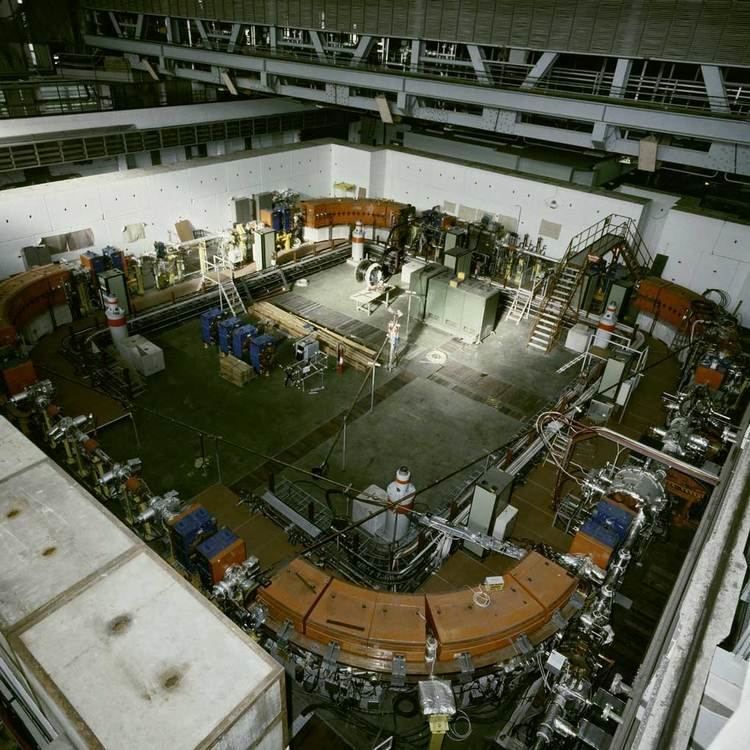 | ||
The Low Energy Anti-Proton Ring (LEAR) was an experiment at CERN designed to decelerate and store antiprotons, to study the properties of antimatter and to create atoms of antihydrogen. The experiment was constructed in 1982 and operated until 1996, when it was converted into the Low Energy Ion Ring, which will be used in the lead ion injection process for the Large Hadron Collider. Antiprotons for the ring was created by the CERN Proton Synchrotron via the Antiproton Collector and the Antiproton Accumulator. The creation of at least 9 atoms of antihydrogen were confirmed by the PS210 experiment in 1995.
Low energy antiproton research continues at CERN using the Antiproton Decelerator. It was built as a successor for LEAR and started operation in 2000.
